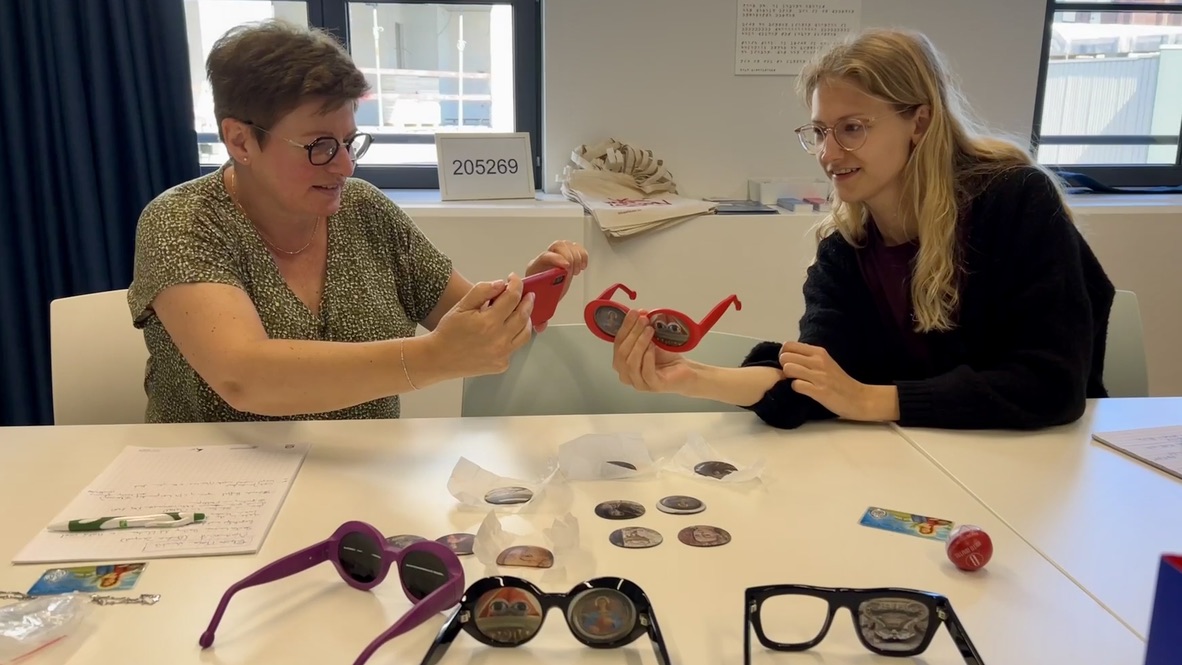
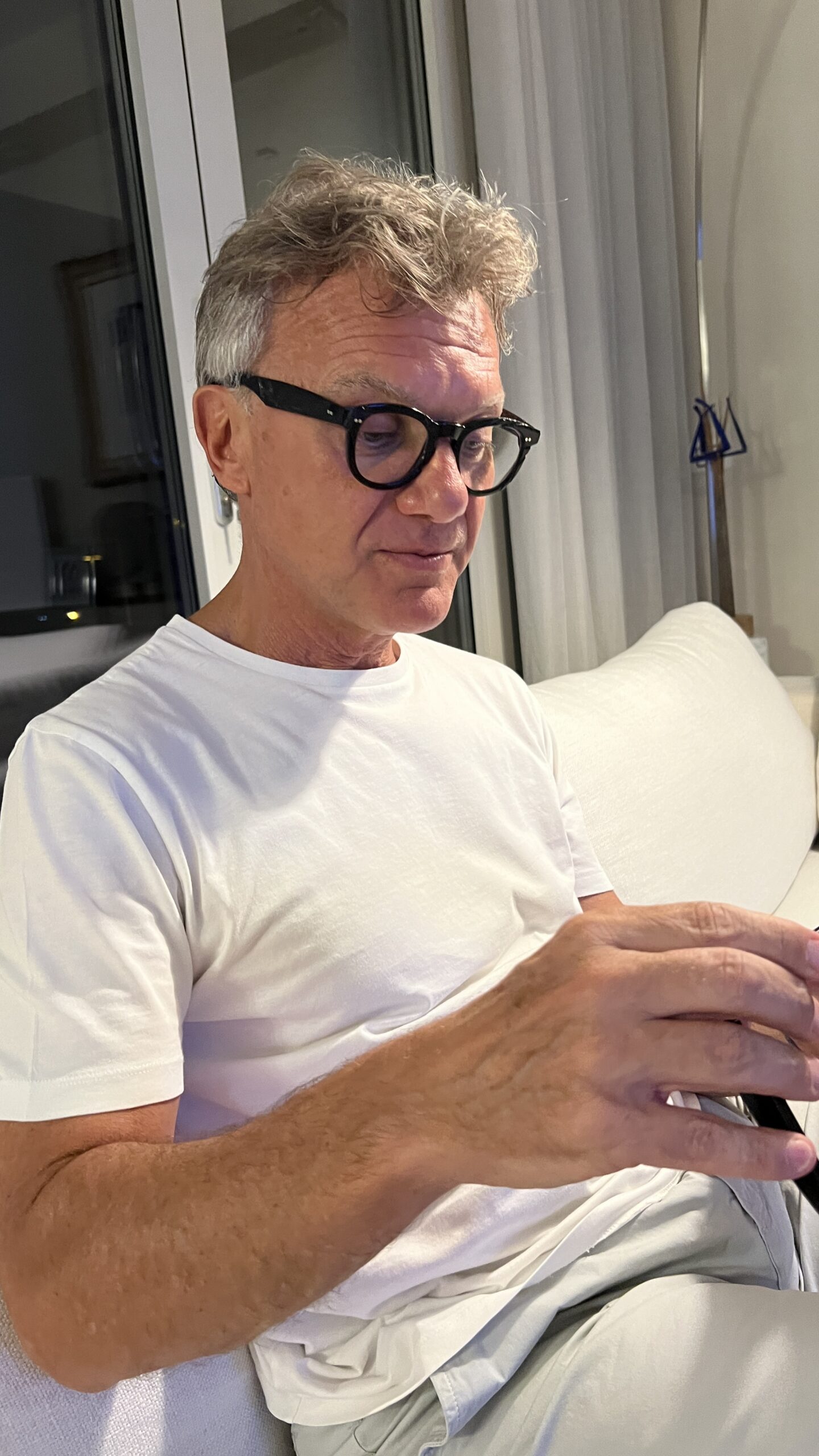
Andrea Zampol D’Ortia – curator and initiator of Moiaussi.com
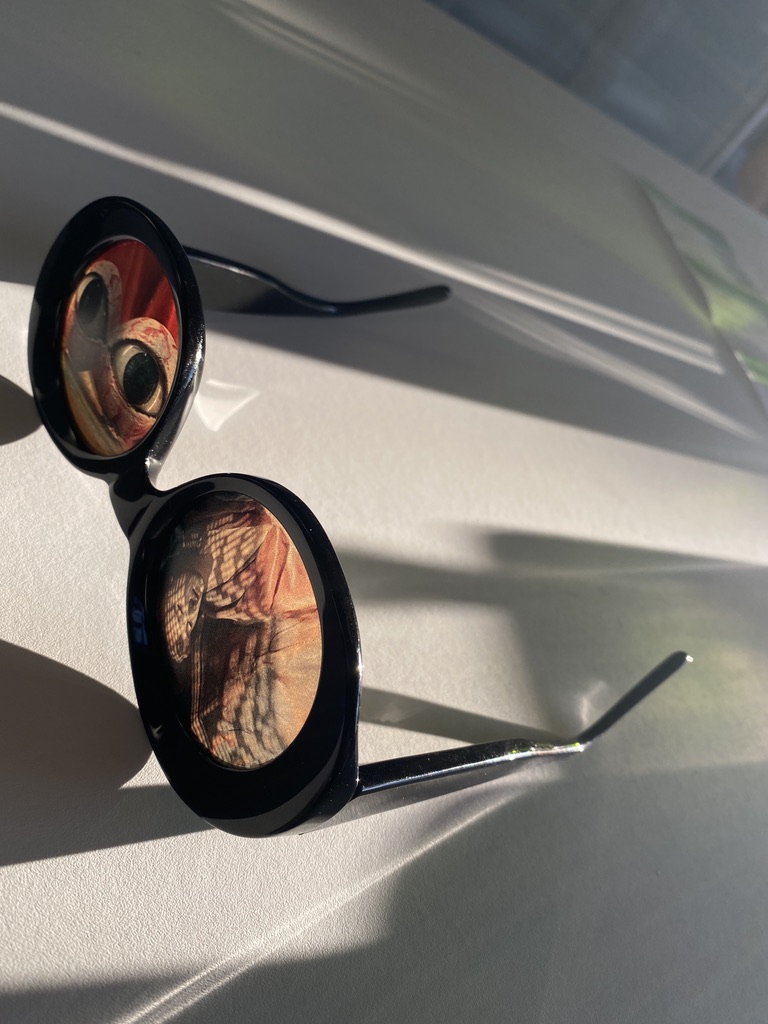
Installation of photo’s printed on reading glasses under supervision of the Gallery MoiAussi with video in collaboration with cineast Bas Schaevers
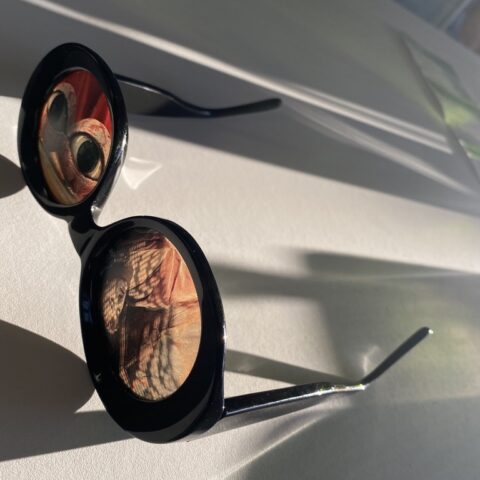


Andrea Zampol D’Ortia – curator and initiator of Moiaussi.com

Installation of photo’s printed on reading glasses under supervision of the Gallery MoiAussi with video in collaboration with cineast Bas Schaevers
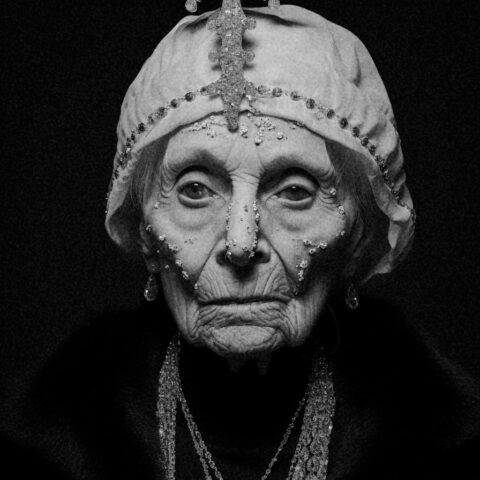
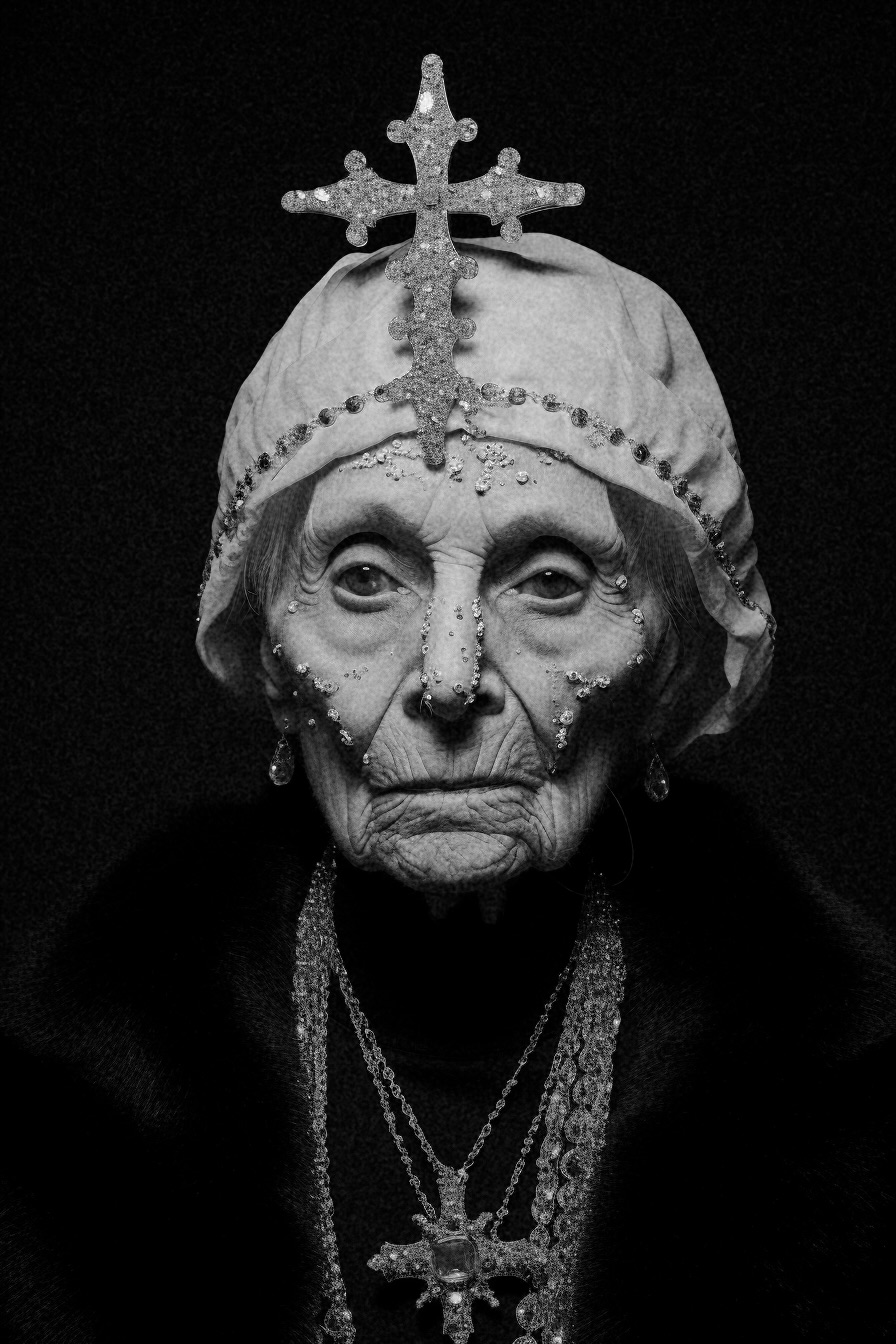
Memento Mori – Dancing with Cristina’s
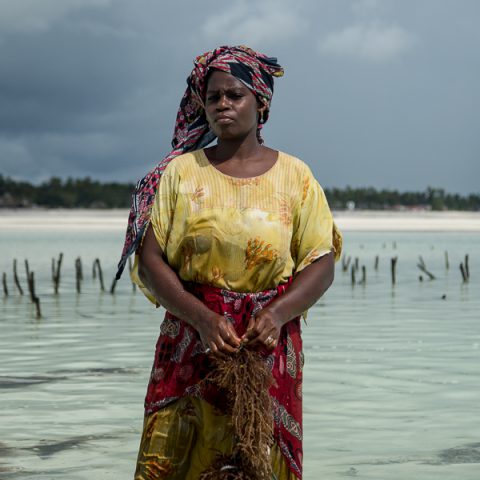
Seaweed earned Zanzibar 75 million Euro in 2015, the third-largest foreign-currency earner after tourism and cloves. About 24,000 households, 80 percent of them headed by women, grow seaweed on the semi-autonomous island.
The island, one of the world’s largest producers of seaweed, was unable to continue the production of algae because of a mystery disease thought to be caused by warming oceans.
This project deals with the loss of an industry that employs hundreds of women on the East Coast of Zanzibar. The women who lost their livelihood through the death of the seaweed were portrayed in the sea as photo models, which restored their pride.
The men in the photos belong to the crew.
It has had a lot of feet in the earth to start but now it starts to become fun. Today spontaneous applause of all (4) models at the end of the shoot.
4 is twice what we had the first day.
In view of what they are paid and the tamtam I expect 8 tomorrow and that will increase when they get their package.
Maulid – my key person here has much less influence than I thought and he constantly stops me from scouting myself what I respect – making choices is the message here
Furthermore, the weather… rainy season has started – but gives nice clouds huh ..
When the weather is good it is almost impossible to harden – around 38 degrees and then our models come half an hour or more later – we can hardly go back because the place of shooting is one kilometer from the start of the beach – so hat on shirt with long sleeves and lots of sunscreen
Today they were on time but Maulid was in the wrong place – not bad at all, because it starts to break loose and become enjoyable.
Many greetings,’
E-mail from Zambiani to home – 19/03/2014 (excerpt) :
‘Yesterday something funny happened and a bit shocking – a nice big seabird – little albatross came sitting next to a model – beast was totally exhausted – the colors matched perfectly with the clothes of the model and I started to take pictures when one of the other “models” who were waiting quickly took a big stick and knocked the beast half-dead – to eat of course – was hilarious ..
The less fun was that they had to play with it as cats with a mouse for half an hour before the animal disappeared in a big bag – pre-made for the stew pot’
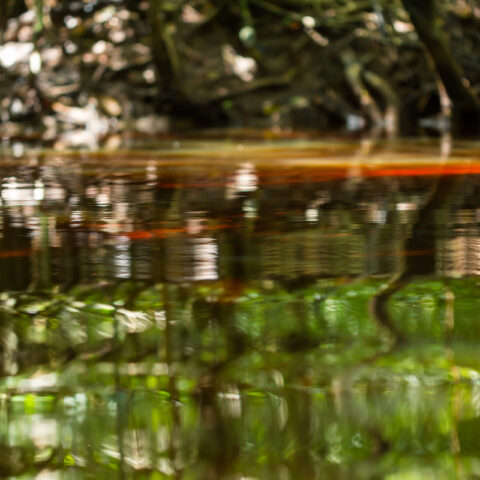
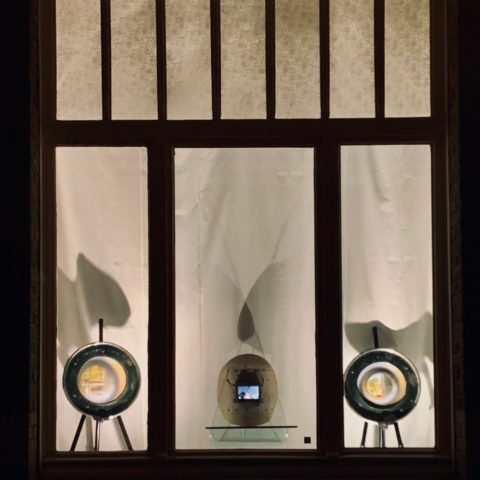
Last year a beautiful iconic building in my neighbourhood was brought down in order to replace it with a new building – a condo to be build with small studio’s. The iconic watermark was only 40 years old and absolutely not obsolete. People saw it and very soon forgot how their street was before. During the demolition I took photo’s and video’s every day to have a memory of the block and the tearing down that had a certain beauty in itself. For that reason I hired a hotel-room in front of the building in order to have the best spot for my pictures. With the covid-19 crisis starting I finally had time to think about it and do something with this content. I mounted two pictures that were taken through a sort of round keyhole and mounted them in round old worn-out frames that I had found the year before in a tiny antique-shop in Paris. The video with a 7 minute loop of the teardown is shown on a Iphone locked into a helmet with a reflection to masks in Corona-time.
The title refers to the name of the Insurance company that was residing there 20 years ago.

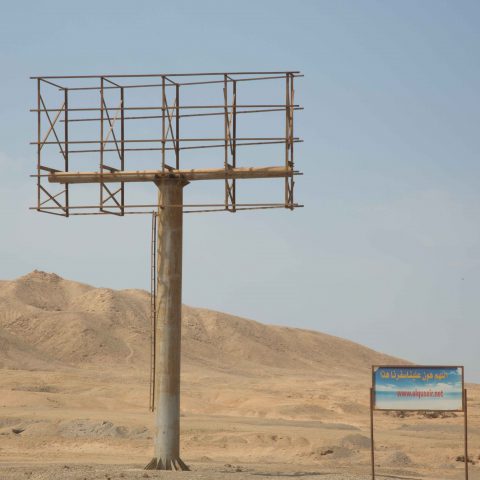
The Sandcastles series is about “concreteisation” – the unstoppable urge of man to build the world.
Everywhere in the world, groups of investors are looking for those places that are unique – with that beautiful beach – the best situated mountainside – the best Feng-Shui – to plant similar mega-projects there. And the experience for the tourist is the same everywhere.
Location of recordings was after some searching the south coast of Egypt – the contrast between concrete and desert, between building material and the sea was nowhere so convincing.
The emptiness, waste of energy and raw materials can be read the most painfully when reality is shown as it is, large, empty and monumental.
To convert this into visual language, I opted for panoramic photographs – printed on a large length.
This also benefits the storyline – the length provides a different way of looking – the photos have to be read from left to right. This tension is not customary, but it does have a delaying and narrative effect.
Some details give an insight into how the rulers view these constructions. As they stand there now they are like a curse on Egypt – that is why the Morsi government has decided that further work needs to be done …
And further work is being done, but usually by one man or a few individuals who give the impression with primitive material to complete the construction works.
The thumbnails are meant to zoom in :

Nine panoramic photos are presented on the wall with a length of 2.40 m.
The panoramic photos were printed on Japanese Inbe-paper (70 g) and the processing was done by Patricia Rau.
The central issue is one work of 1.1 to 3.3 meters.
In addition and in the middle of the exhibition space are three large and a dozen small objects on which images of the collapsed dream are directly printed – the posters and already heavily weathered advertising panels for the unfinished projects.
The objects on which the images come are pseudo-building materials – created with plaster by my colleague Ilse Jansoone from the Mixed Media department at the Academy.
The final element consists of a sound fragment that can be played on small boxes hidden between the building materials.
The sound fragment is a read aloud text in which a strong commercial-American sounding voice recommends a mega-vacation resort for investors.
These pictures were finally printed on a building material created by Ilse Jansoone ( mixed media and performance artist )
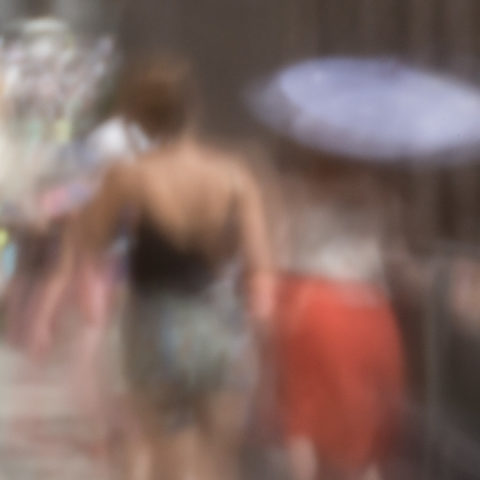
“To me, photography is an art of observation. It’s about finding something interesting in an ordinary place… I’ve found it has little to do with the things you see and everything to do with the way you see them.”
— Elliott Erwitt
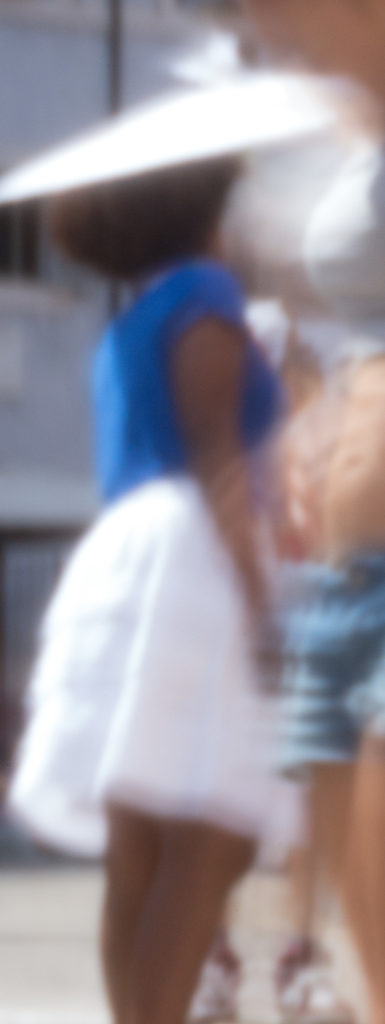
Peter Bracke traces the creative roots of his work to a visit to Rome several years ago when he realized he had hit the limits of his personal bandwidth for static monuments, museums and the linear narrative of history. Bewitched by the beauty of the place he opted for a more random path of chance guided only by his enchantment with the city’s beauty.The dreamy images made with his camera obscura revisit the ephemeral feelings of those free floating days wandering the roads of Rome. Light, airy shots taken in a low, slightly voyeuristic perspective with long exposure times capture the mood of the day. At dusk, near the Villa Borghese, he notices letters painted on a pavement revealed to be a declaration of love – a lost moment of intense romantic emotion. A case of serendipity where coincidence is the engine of discovery. The conjunction of a dreamy walk full of images and the discovery of a text that takes you where you want to be ….in your heart
Lieven Neirinck – Robert Salzman
As shown on expo in Gent ( Face-Off 2019 )
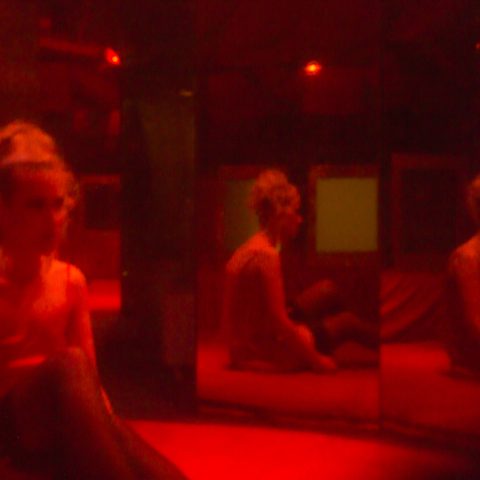
There are no more peep shows in Western Europe. The last peep show in Amsterdam closed by the end of 2014 and in Belgium in 2015. The so-called peep shows in Rue Saint-Denis and Pigalle are fronts [covers] for prostitution.
At live peep shows, booths would surround a round stage upon which usually a performer, usually female, did a striptease [and[ striking [es] sexually explicit poses. Once in the booth the customer closed the door and inserted coins to open the screen – one euro for 60 seconds.
Retired performers told Peter Bracke that at the end the customers were often older men, sometimes physically or socially handicapped.The days of performing for young men were over. The internet killed the peep show. Voyeurism has turned digital, if not illegal…
Watching and being watched
Without spectators nudity is one-dimensional.
With spectators nudity gains context.
The artist presents us with images of a vanished world – a theatre with girls stripping on a revolving stage – voyeurism from another era.
A universe of visual adultery.
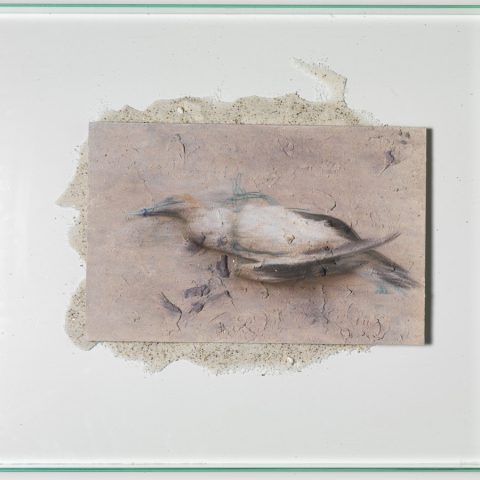
Une nature morte est un genre artistique, principalement pictural qui représente des éléments inanimés (aliments, gibiers, fruits, fleurs, objets divers…) organisés d’une certaine manière dans le cadre défini par l’artiste, souvent dans une intention symbolique.
A still life is a work of art depicting mostly inanimate subject matter, typically commonplace objects which are either natural (food, flowers, dead animals, plants, rocks, shells, etc.) or man-made.
Mooie spullen lijken me dat. Die foto’s. Fraai. Stranden zijn voor mij hoogst merkwaardige plekken die ik mijd als er te veel zonaanbidders liggen. Het is goed dat niet iedereen dat doet. Er ontstaat
verontrustende kunst door.
Met hartelijke groet, René
Prof. dr René ten Bos
Philosophy
Department of Management Sciences
Radboud University
Postbus 9108
6500 HK Nijmegen
0031 24 3613014 or 0031 6 53519551
www.renetenbos.nl
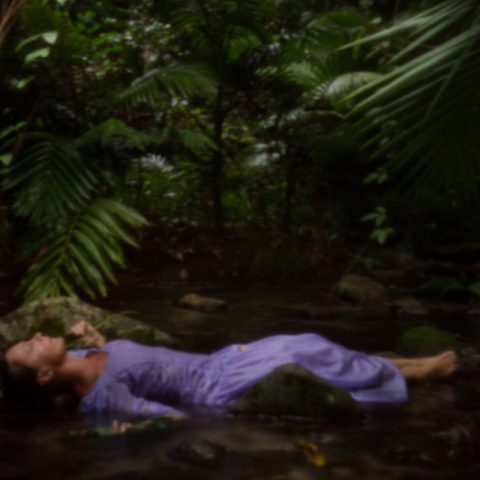
This work is an allegorical representation of the untouched nature in contrast to the bucolic nature in which the intervention of man is visible. It represents the pure wilderness in front of the man-made landscape.
The outer panels represent the origin of life (a turtle lays its eggs on the beach in the rainforest).
The inner panels show the demise of it – death of the real wilderness. The middle photo was taken in a “Waterhole” or “Billabong” in a piece of rainforest managed by Aboriginals in Queensland, Australia. A billabong is a ritual place in a river.
The allegory is closed in the right inner panel. This is typical of story-telling at the classic altarpieces, with a flight of birds flying to an unknown destination.
The images are printed on old sycamore boards, recuperated and refined to a certain extent.
The texture and structure of the wood gives a uniqueness to work that makes reproduction difficult.
The use of the triptych as a carrier refers to the relationship between painting and photography. The narrative data comes from Medieval painting where the outer panels were always either a framework or an introduction.
The sacredness of the subject gets translated in the medium
“ The beautiful play period just came to an end. Millions of years of evolutionary processes were interfered with, cut down, fenced-off, shot-out, sub-divided or like Long Island smothered in architorture, losing authenticity, rural integrity and most importantly, quality of life. The Pleistocene gets paved over and this is the End of the Game…..
We are blind… willfully entering into the demographic trap, adding a billion squirming people to earth every decade!; anarchy, insurgency, war, disease, mad cowboy, historical mediocrity, betrayal and shame – ENGAWAHHH…. the original cry of Tarzan. Let’s just welcome it all and take notes while the world destroys itself.”
Peter Beard, Book 1
Taschen, ISBN 978-3-8365-0877-3
“Nature is no longer what she has always been: something against which man should be protected. Now the tamed, self-perpetuating mortal nature must be protected against man. As long as we are afraid, we shoot. But when we are plagued by nostalgia, we take pictures ”
“While an unprecedented number of forms of biological and social life are being destroyed in a short time, there is a device available to record what is going to disappear.”
Susan Sontag, On Photography
De Bezige Bij, ISBN 978 90 234 2522 9 / NUR 320
“A greater difference than between the lovely, cultivated landscape of Cornwall and that of the Amazon region was unthinkable. And yet in spite of the violent calm he felt here while observing the routine existence of the peasants and the satisfied grazing cows (…), without the threat of wild beasts, snakes or mosquitoes, one day the thought arose in him that this nature with its civilized plantation, which for centuries relinquished agricultural labor at the service of man, had already lost its true nature – its soul would tell the pantheists – if you compared it with that rough, bubbly, untameable and untamed wasteland, the Amazon, where everything is constantly being born and dying, an unstable, dangerous, mobile world in which a human being felt that he was torn from the present and thrown to the farthest past, was taken back to the dawn of humanity, in connection with his ancestors. ”
Mario Vargas Llosa, The dream of the Celt
Meulenhoff, ISBN 978 90 290 87551 / NUR302